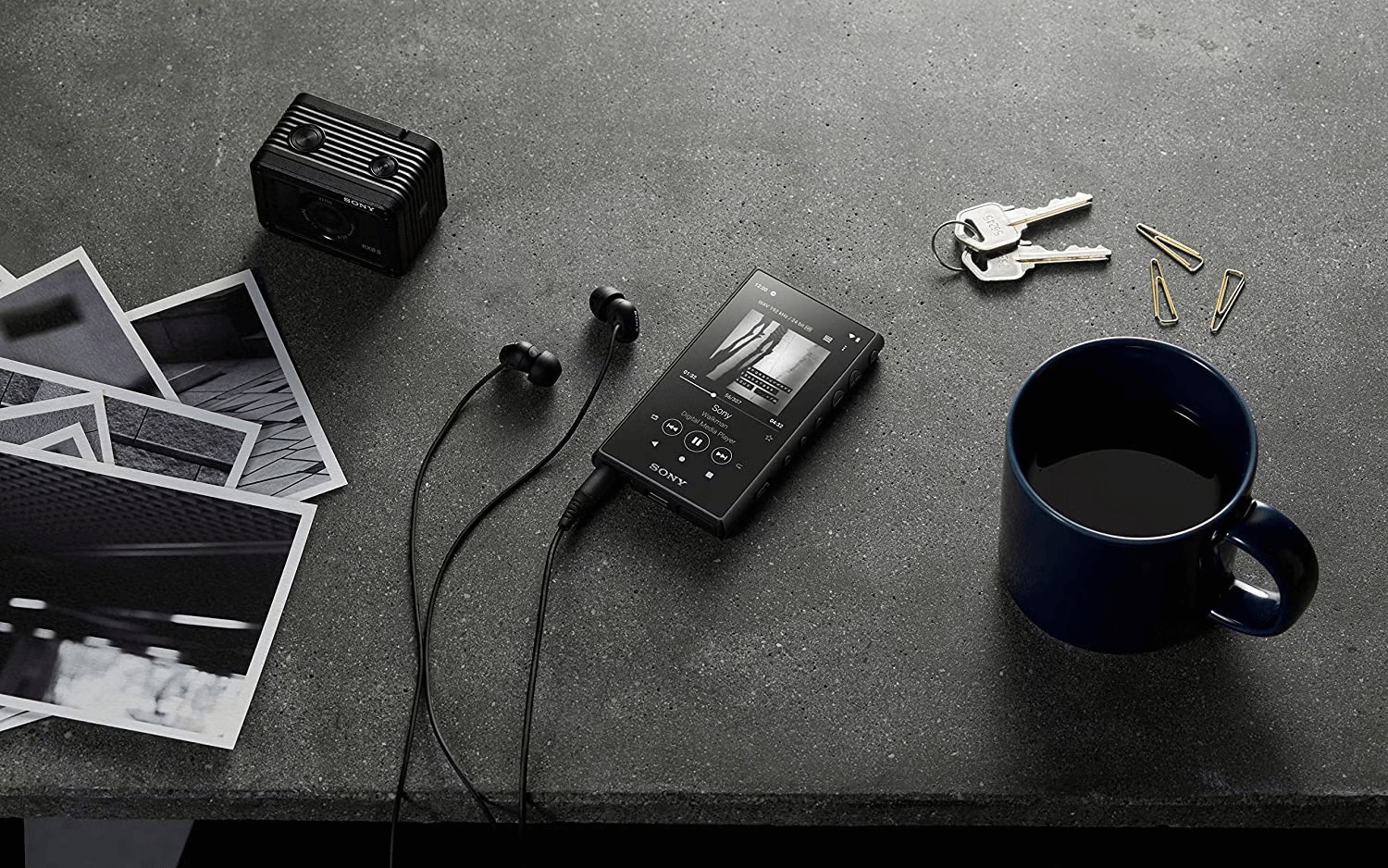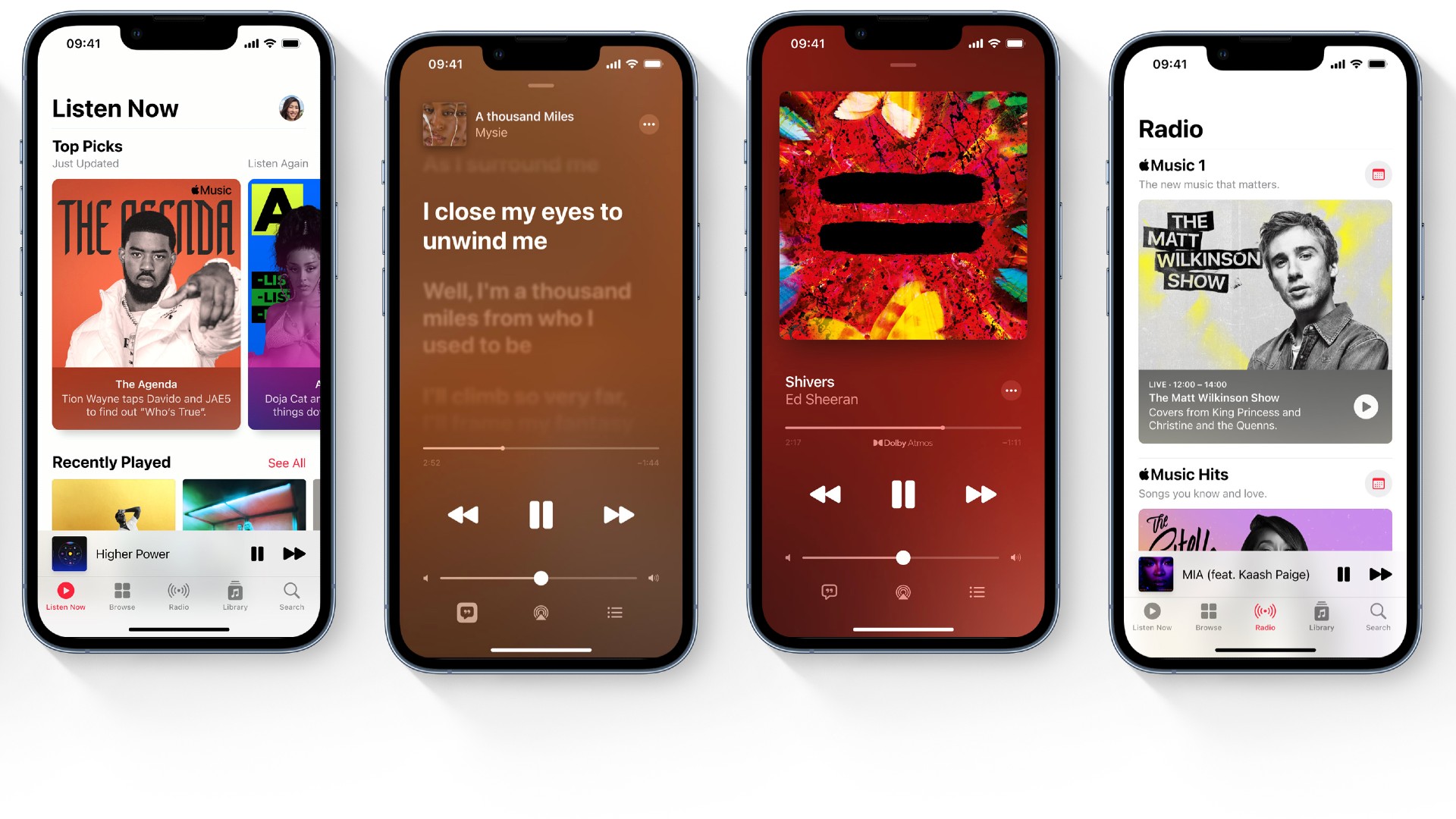
Introduction
In the digital audio realm, WAV (Waveform Audio Format) stands as a titan of uncompressed fidelity. Unlike its compressed counterparts that prioritize file size reduction, WAV captures and stores audio data in its purest digital form, making it the preferred choice for professional audio applications and scenarios demanding the highest quality.
Preserving the Raw Audio Essence: Understanding WAV
WAV files function by storing digital representations of analog sound waves. This method meticulously captures every peak and trough of the waveform, resulting in an uncompressed replica of the original audio source.
Due to this lack of compression, WAV files are considerably larger compared to formats like MP3 or AAC. However, this very characteristic makes WAV the gold standard for professional audio production and applications where pristine sound quality is paramount.
WAV: Applications Where Quality Reigns Supreme
The uncompromised quality of WAV makes it the go-to format in several crucial audio domains:
- Professional Recording and Editing: In studios, WAV is the preferred format for recording and editing audio due to its ability to preserve every sonic detail. This ensures maximum fidelity throughout the production process.
- Archiving and Preservation: For archiving valuable audio recordings, libraries, and historical collections, WAV’s uncompressed nature guarantees the preservation of the original audio data for posterity without any generational loss.
- Mastering and Distribution: When creating master recordings for CDs, DVDs, or Blu-rays, WAV serves as the source format to ensure the highest possible quality before any minimal compression might be applied for specific distribution purposes.
WAV: Considerations and Trade-offs
While WAV offers unparalleled sound quality, some key factors to consider include:
- Large File Sizes: The uncompressed nature of WAV results in significantly larger file sizes compared to compressed formats. This can pose storage limitations and hinder portability.
- Limited Compatibility: While most professional audio editing software supports WAV, its widespread playback compatibility with consumer devices can be limited. Conversion to compressed formats might be necessary for everyday listening.
- Real-World Needs: For casual listening or music on portable devices, compressed formats like MP3 or AAC often suffice. WAV’s true value shines in professional or archival scenarios where preserving the purest audio quality is essential.
WAV: The Uncompromising Choice for Professionals
Despite these considerations, WAV remains the undisputed champion for professional audio applications and scenarios demanding the highest fidelity. Its commitment to uncompressed storage ensures the preservation of every sonic detail, making it the trusted choice for studios, archives, and those who prioritize pristine audio quality above all else.

